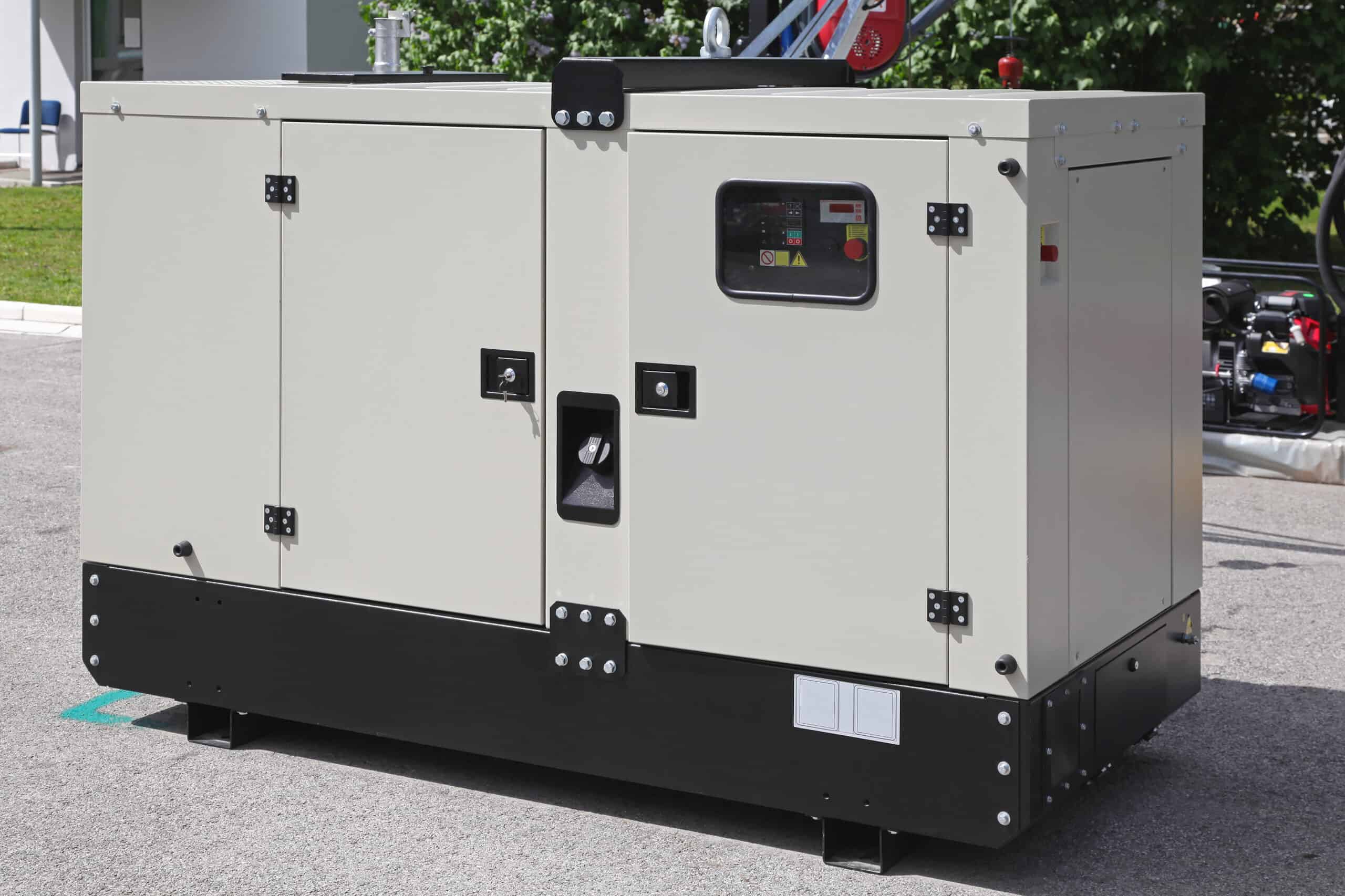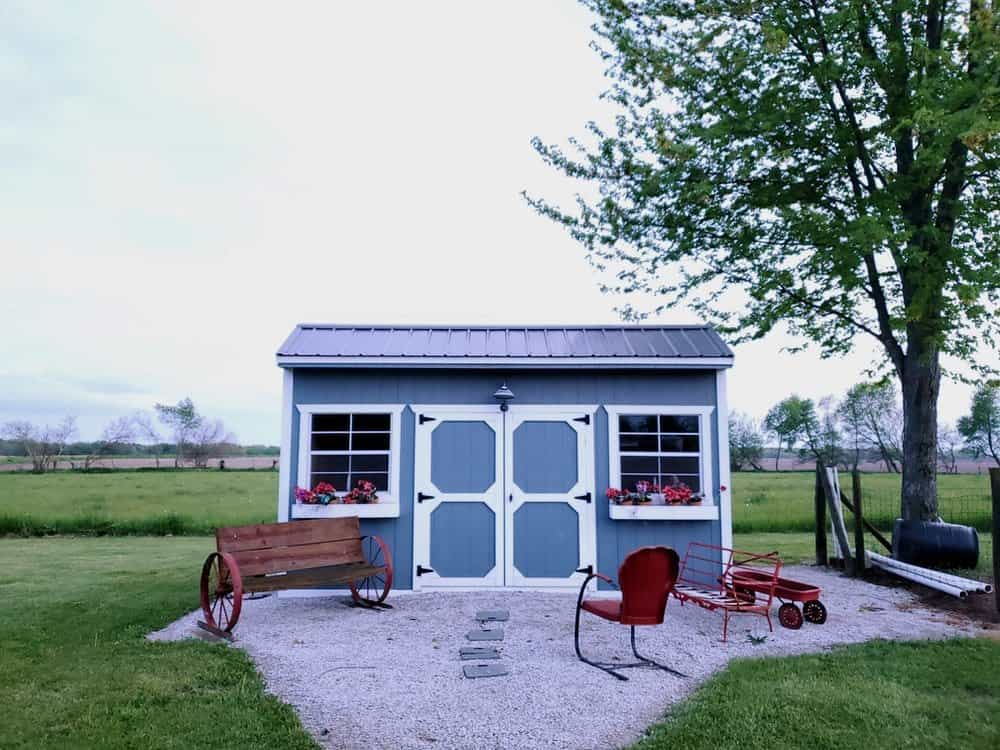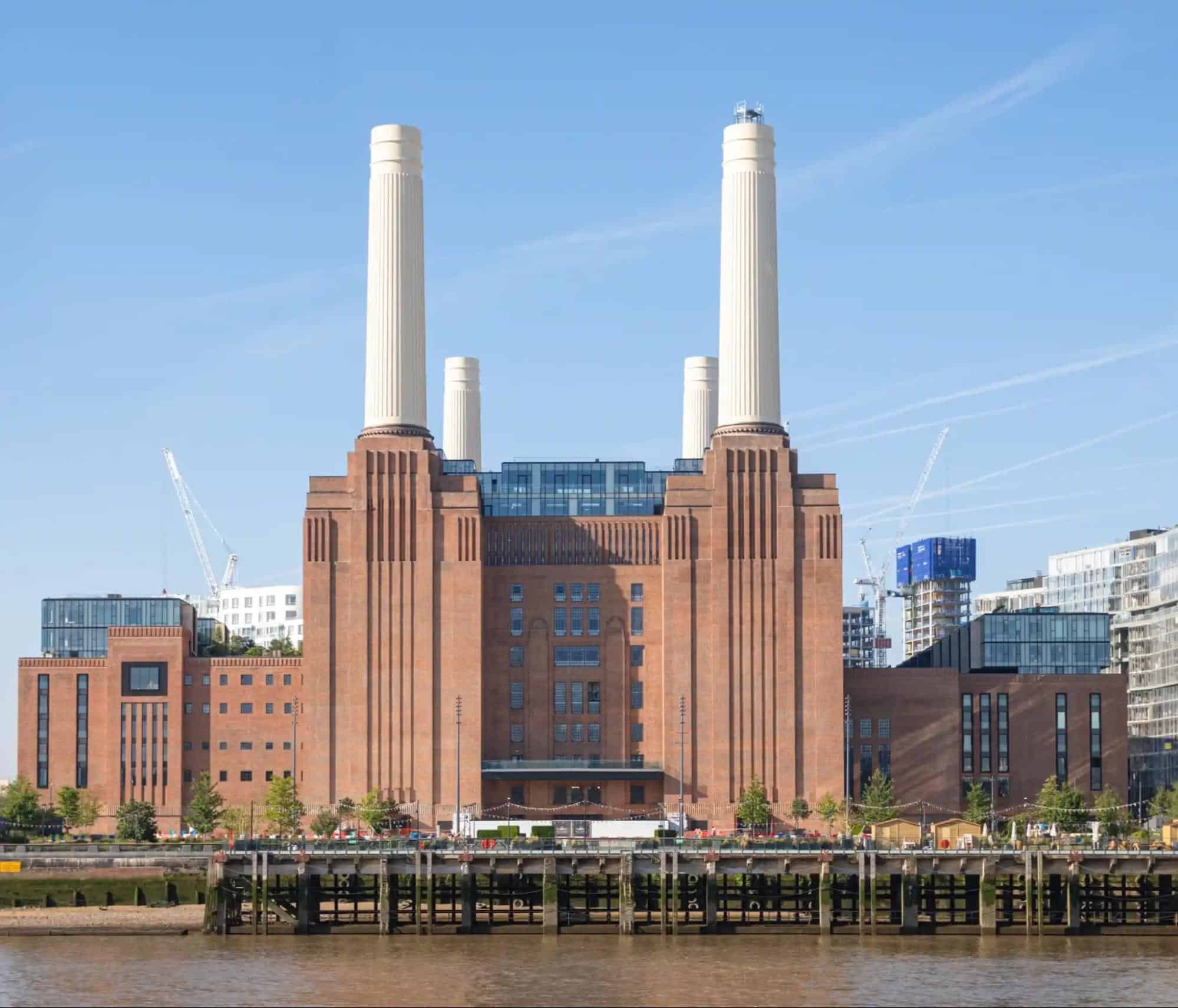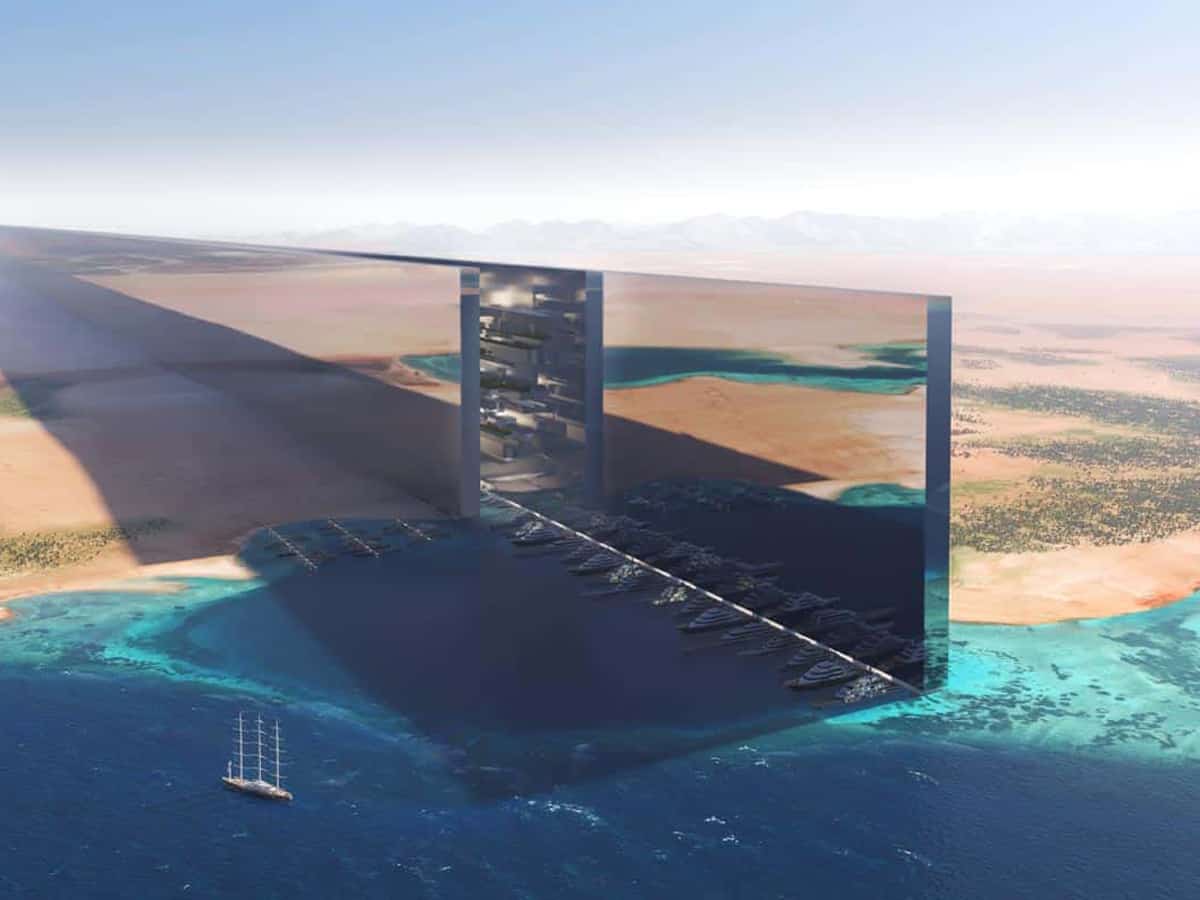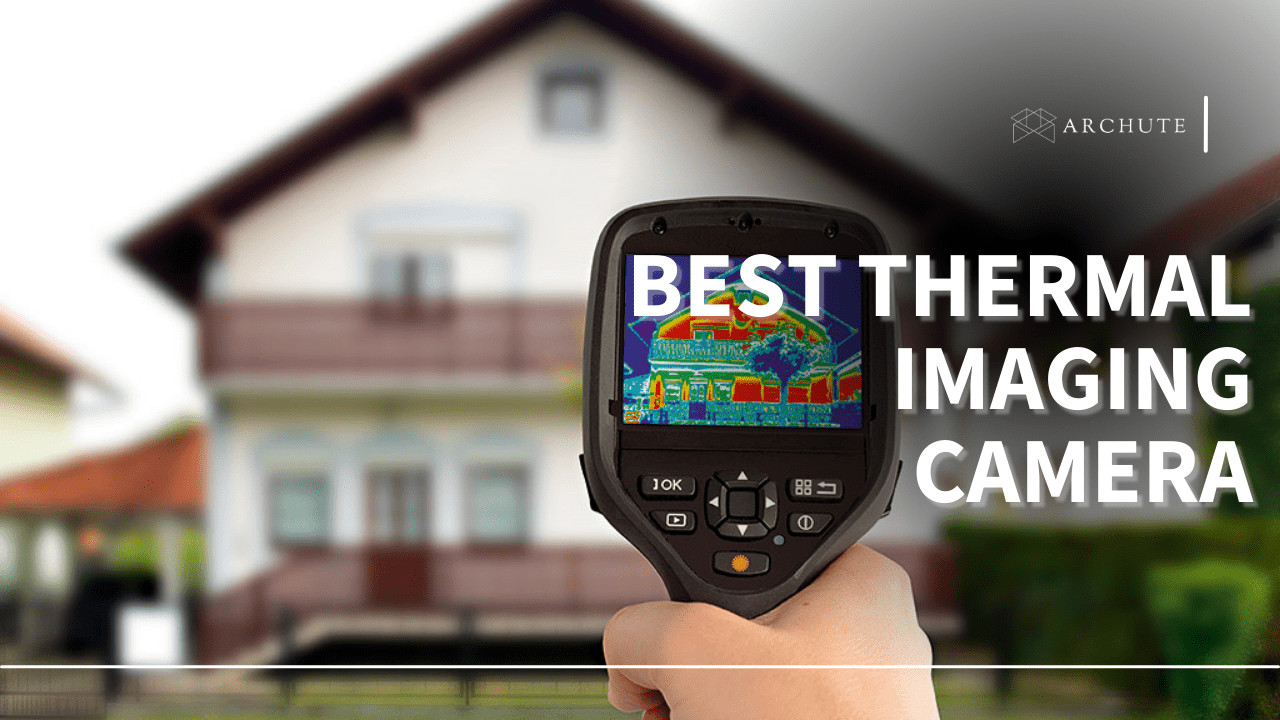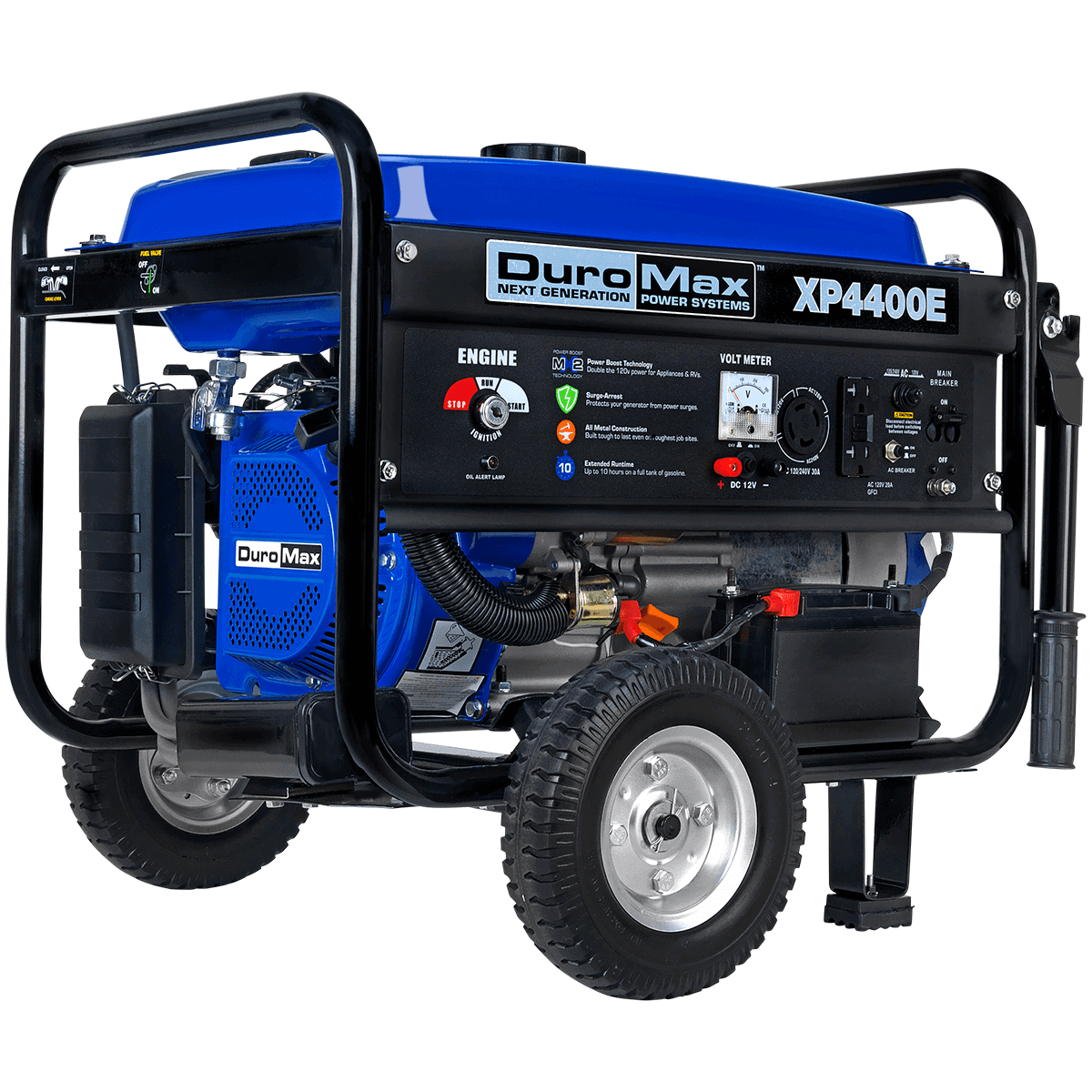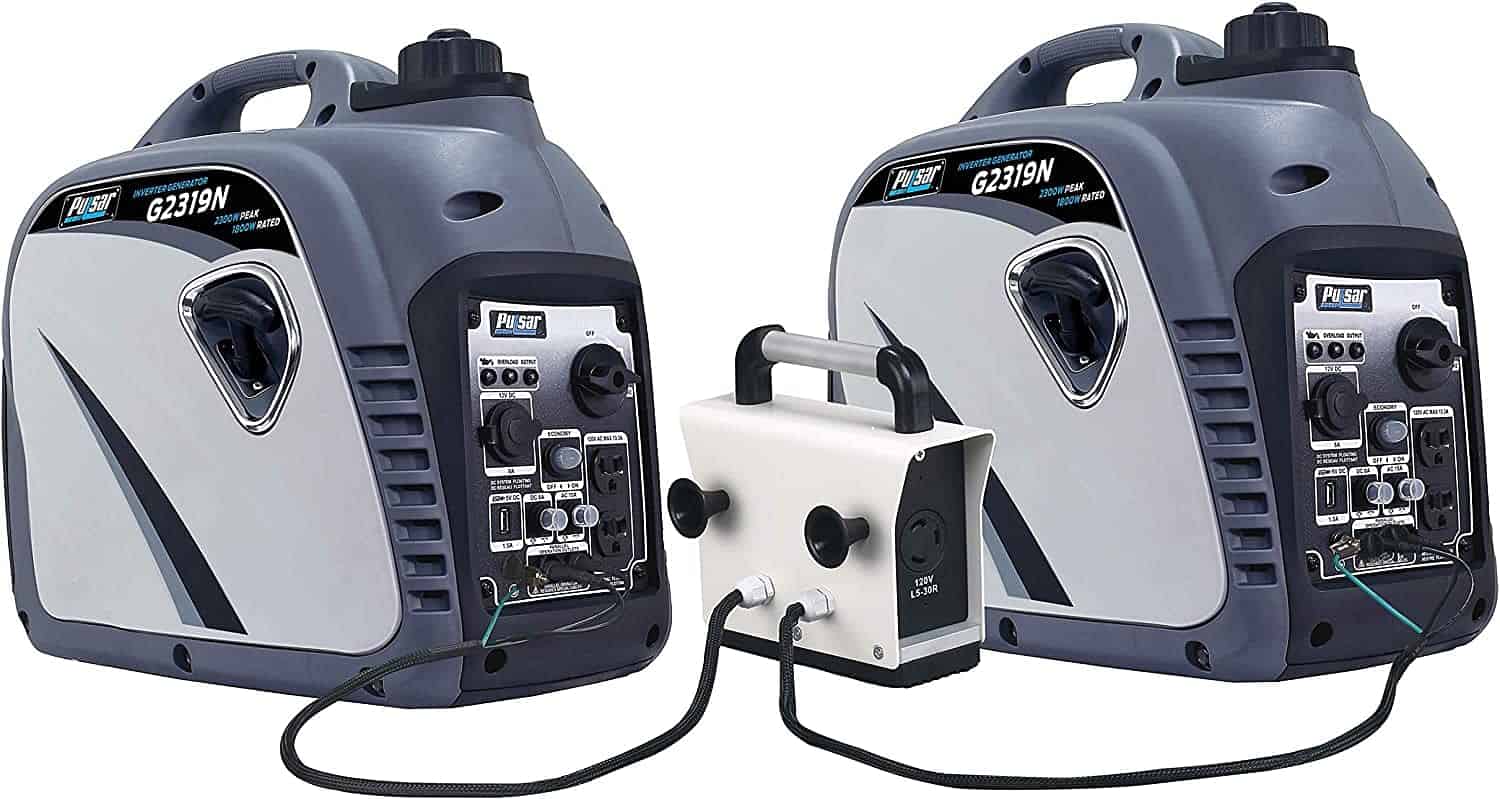The most common question people ask when they are looking to purchase a generator is, “Which is the appropriate size of the generator for my household appliances?” Generators have become common in the recent past because they offer backup power during blackouts while people continue with their normal activities. However, purchasing a generator is a big decision that is rarely made, and this leaves many people in a state of confusion as to which brand and size of the generator to purchase.
Generator under-sizing is one of the common mistakes most buyers make, and most people don't know the risks it involves. Not only does under-sizing have risks of damaging your generator, but it can also damage other appliances connected to it, creating hazardous situations for your home or business.
The answer to what size generator I need to power outage depends on the house size and the number of appliances you want to run in the house. This best option is to consult an electrician to assess your specific power needs, but if to choose to do it yourself, we have included some guidelines and steps below.
What Does Generator Size Mean?
Generally, the word size can refer to different measurements, and so when talking about generator size, it's important to know what you are talking about. For generator size, it's not about the physical size, but it refers to how much electrical power a generator can supply and is measured in Watts (W) or Kilowatts (kW).

Knowing the right size of generator to purchase is crucial in order to avoid some major mistakes. However, if you go to the other extreme and choose the smaller size, you may find that you do not generate enough voltage to properly light your appliances. This is risky to your appliances including the generator, as it may cause severe damages that may require repair and even replacements.
On the other hand, if you decide to go large, you will spend more money, more than necessary on the unit cost and operating cost of the generator. Here are the steps that can help determine the best generator size for your needs:
How to Find the Size Generator You Need
To figure out the size generator, you need to power outages. You will need to add up the total wattage of all the appliances you want your generator to power simultaneously and the highest-powered appliance. You should follow these simple steps.
1. Make a List
List all the appliances you want to power in power outages, and the priority differs for everyone depending on where they live. For example, some people will make air conditioners and a refrigerator a high priority, including your smartphone charging station.
Whether you are shopping for a generator for your essentials or the whole house coverage, it's important to make a thorough list to ensure nothing is left out.
2. Determine the Wattage Needed
Next, you should figure out how much each light fixture or appliance will need. Most appliances have this information or a sticker found near where the service information and serial number are indicated.
In addition, you can find exact wattage details of appliances on the US Department of Energy's Energy Saver website and a useful energy use generator wattage calculator. However, keep in mind that the generator calculator tool only offers a sample value, and it's better to refer to your specific appliance for the exact estimate.
The general wattage calculator is meant to give you a solid starting point to calculate your backup power needs. It will give both the running watts and starting watts you need in your generator to power all your appliances and electronics.
The calculator assumes you will start your appliance with the highest starting watts last than starting all your appliances simultaneously. Ensure you use a wattage calculator from a reliable source as there are many sources out there.
Now that the difficult work is done, it's time to add the wattage of all your appliances on the list and find the total wattage needed. Next is to determine the base level generator you will need from that number.
3. Consider Weight
We can now talk about the actual size of the generators as it is related to the weight, where the larger the generator, the heavier it will be. However, the size doesn't mean that a heavier is more powerful than a smaller generator.
The market has lightweight yet powerful generators, making maintenance an easy task but keep in mind that they come at a high price tag. Therefore, don't dismiss the larger and heavier ones since these large models may include wheels and a discount, so choose one according to your needs.
4. Consider the Fuel Type and Generator Run Time
Most generators usually run on either propane or gasoline, and therefore you will need to check on the efficiency of different generators that meet your wattage requirements. Again, as with cars or other engines, you will need to pick the most run-time per gallon of fuel.
Additional considerations will include a good warranty length, a high-end rectifier to achieve smooth energy and the engine type (2-stroke engines vs. 4-stroke engines).
5. Consider Noise
For an average generator, it's important to consider noise pollution and observe the noise rating in decibels when you consider the generator size. The lower the noise rating, the quieter your generator will be.
How to Find the Starting & Running Wattage
Finding the right starting and running wattage of the devices, you plan to power is important for calculating the exact power requirements. You will normally find these in the identification plate, the buyer's kit, owner's manual of each appliance, tool, electronic device or any electric tools.
The starting wattage, also called the surge wattage, is an appliance that needs to start up. It is usually two to three times higher than the running wattage, which is how many watts an appliance needs to run constantly.
Ampere - Watt Conversion
Watts (W) and Amperes (A) are different units used to calculate power where any device will have its energy consumption listed on the label, which could be in amps or watts.
You may find the power requirements of electric tools stated in amperes, and you can easily convert them into watts. To convert the power requirements of a tool from ampere to watts, you can use the following formula:
For Resistive loads (the most common type):
Wattage = amperes x volts
For Reactive Loads:
Wattage = amperes x volts x load factor
The load factor is explained as the ratio of your electric energy consumption in kilowatt-hours to your peak demand in kilowatts. You will calculate it by using your utility bill for data and using the following formula:
Total kWh for the previous month / (your peak demand for the period x 30 days x 24 hours)
What are the Types of Generators by Size?
1. Recreational Inverter Generators
A recreational inverter generator offers up to 2000 watts, weighs about 60 pounds and is priced between $400 and $1,000. It is the lightest type of generator, needs no installation, can be transported easily, and it's quiet.
Recreational inverters are user-friendly, and some models are coming up with smartphone apps and fuel-level indicators. However, recreational inverters can cost as high as portable generators while offering less power only to power lights, small electric appliances and a refrigerator.
A recreational inverter is a suitable choice if you are on the move, your home will rarely lose power or if you want something easy to store.
2. Mid-Sized Inverter Generators
These generators offer 3500 watts, weigh 150 pounds or less, and cost between $1,000 and $1,700. In addition, it is quiet and lightweight and can hold significantly more power than the recreational inverter.
A mid-sized inverter generator can power a refrigerator and keep lights running for eight to 18 hours using only two to three gas gallons. Notably, a mid-sized generator cannot power all appliances, and most models will only power 110-volt items with the standard two or three-prong plugs. Therefore if you want to power well pumps or heating and cooling equipment, you will check another generator.
The mid-sized inverter generator is the best option for anyone looking for a backup power solution in a home that rarely experiences power outages.
3. Portable Generator
Portable generators are considered to offer the best value where they offer up to 7500 watts and cost between $7,00 and $2,800. Notably, the generator's name is misleading since most models weigh about 300 pounds.
Most portable generators models deliver enough energy to meet the demands of a regular household, and they can even connect to a breaker panel to run hardwired equipment such as a sump pump or electric water heater. However, connecting your portable generator to your home's circuit breaker panel will often cost as much as the generator. Ensure you install a transfer switch at your breaker box.
A portable generator should not be used in the rain or snow without sufficient protection, and they make great solutions for homes with occasional power outages. This generator type is reliable and offers sufficient power without costing you a lot of money.
Notably, portable generators with a built-in sensor that triggers the automatic shutoff if CO builds up to a dangerous level are recommended. In addition, for safety purposes, operate your generator from any AC units, windows, doors or any other structures.
4. Large Inverter Generators
A large inverter generator offers up to 7500 watts, weighs between 250 and 350 pounds or even more and costs between $1,400 and $4,000. These generators produce enough energy for essential power appliances such as refrigerators or small air conditioners.
Large inverter generators are extremely quiet, fuel-efficient and offer steady power for the more sensitive electronics. In addition, this type runs on stabilized gasoline instead of natural gas or propane. Large inverters are suitable for homes that experience frequent power outages or prolonged power outages thanks to their reliability and ability to fuel essential appliances.
5. Home Standby Generators
A home standby generator offers up to 20,000 watts, cost between $2,000 and $6,000 and weighs between 350 and 600 pounds. These generators are permanently installed next to your house, and they automatically turn on during a power outage and offer a steady current of power fueling all your appliances. They are suitable for sensitive electronics.
The home standby generator can run on propane or natural gas, and although they are the most convenient type, they are the most expensive. In addition, home standby generators come with high installation costs as much as the generator itself, making this type unsuitable for everybody.
Home standby generators are not the best option if you live in a flood-prone area as these generators cannot be installed in wet areas since they cannot be moved during a flood. However, if you are in a location with frequent power outages or an area that doesn't receive electrical service, this qualifies as the most convenient type for your home.
Why Is It Essential to Choose the Right Size Generator?
Now that you know how to choose the best generator size to suit your needs, there are some benefits you will experience from choosing the right size, including:
- No random or unexpected system failures
- Increased system lifespan of the generator
- Guaranteed personal safety
- Consistent production performance
- No shutdown because of capacity overloads
- Increased longevity
- A smaller chance of asset damages
- Smooth and hassle-free maintenance since it increases the speed and ease
- Reduces the frequency and maintenance cost
- Decreased risks of overheating and electrical fires
How Should Your Appliances List Look Like?
If you only want to power the essential appliances and not your entire home, then your list might look something like this:
a). Washing Machine
Starting Watts-1200/ Running Watts-1200
b). Electric Water Heater
Starting Watts-4500 / Running Watts-4500
c). Refrigerator/ Freezer
Starting Watts-2900/ Running Watts-700
d). Clothes Dryer
Starting Watts-6750/ Running Watts-5400
e). 2-Ton Central Air Conditioner
Starting Watts-8750/ Running Watts-3800
To power, your essentials in case of a power outage, in this case, will need a 25kW generator since the starting watts is 24100W.
On the contrary, if you want to power your whole house during a power outage, your list will include the above appliances plus:
a). Microwave Oven (800W)
Starting / Running Watts- 1300/1300
b). Two TVs (46")
Starting / Running Watts- 380/380
c). Laptop
Starting / Running Watts- 250/250
d). Security System
Starting / Running Watts- 550/550
e). Eight-Light Fixtures
Starting / Running Watts- 1100/1100
f). Dishwasher
Starting / Running Watts-540/216
g). Garage Door Opener- 1420/720
To power all these appliances in your entire house, you will need a minimum of 35kW whole house generator since the starting watts is 31560W.

